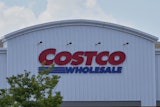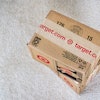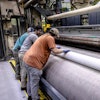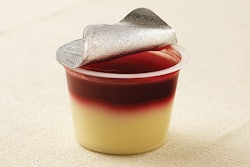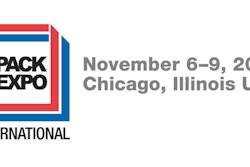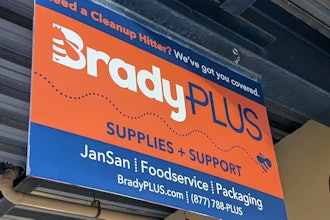Packaging continues to evolve. And that is especially true in the food and beverage industry. In this Food Manufacturing Q&A, FLEXcon's John Bennett discusses emerging trends in food packaging and takes a closer look at seal/reseal packaging in the food industry.
Q: What are the key trends in food packaging today?
A: Food packaging has evolved to meet the unique needs of today’s consumers, who are increasingly health- and environment-conscious, and who lead busy, on-the-go lifestyles. These consumers seek convenient, portable solutions when purchasing foods. As a result, resealability, portability, lighter weight and no-mess dispensing have emerged as popular food packaging trends. Food manufacturers are offering formats like resealable single-serve packaging and multipacks of individual portions to meet customers’ needs. Additionally, more food and beverage brands are focused on sustainability and have introduced eco-friendly packaging and implemented zero-waste initiatives.
Q: What are the benefit of seal/reseal packaging for food manufacturers?
A: Resealable packaging provides many benefits, including significant cost savings for food manufacturers. For example, large bottles of products often require more expensive materials than those that are used in smaller, individually-sized packages. Resealable packaging can also be customized to meet the needs of specific perishable food products, helping extend the life of perishable products, and leading to huge cost savings.
Q: Why is seal/reseal packaging in greater demand by consumers?
A: Today’s consumers are busier than ever before and like products that are easy to take with them on-the-go. Resealable packages have become more appealing to the modern consumer because of their convenience and accessibility. Especially for moms on the go, working professionals and commuters, having the option to seal a product for easy transport and save it for later is an attractive feature. For individuals on-the-go, it eliminates the need for containers or plastic bags for leftovers, and makes traveling with food much easier and more convenient.
Resealable packages also helps enable a healthier lifestyle. For example, we’re seeing more food brands offering packages of pre-cut, peeled fruits and vegetables that are easy for consumers to carry out of the grocery store and snack on-the-go. Resealable options also allow companies to provide portion-controlled individual packages of healthy foods. Not only does this feature provide convenience for health-conscious consumers, but it also helps with cost savings by allowing shoppers to just buy the amount of the product that they need.
Q: What types of things do manufacturers look for when choosing packaging?
A: Food manufacturers need to consider a few things when choosing the right resealable packaging for their products. For example, manufacturers must use materials that are strong enough to stay closed without bonding permanently. For resealable packaging, we recommend polypropylenes. Polypropylenes offer excellent tear resistance and durability for open and closure of flexible packaging substrates. When considering packaging for certain food groups, it is important to keep in mind the product being sealed in order to keep it freshest for the longest.
That said, some materials are better for certain foods than others. Materials with a tight seal and a high barrier film are best for foods like meats and cheeses, for example. The high barrier film helps to prevent moisture from getting in and ensures the product remains tightly sealed with little breathability. For foods like fruits and vegetables, films with higher degrees of breathability and vapor transition work most effectively. Evaluating the application to determine the best film is critical when manufacturers are choosing materials for resealable packages.
Looking at performance attributes is also essential when determining the types of films and adhesives that are best for a particular application. Films and adhesives should offer clean removability so there is no residue left on the inside of the package that can transfer to the application. In addition, CPG and food companies should work closely to choose a laminate that offers excellent tear resistance and durability for opening and re-closure of flexible packaging substrates.
Q: What do companies need to keep in mind when implementing reseal/seal packaging as it relates to regulatory standards?
Companies looking to implement resealable packaging for food products must take into consideration FDA requirements for indirect and direct food contact. It’s important to ensure that any material that comes into contact with food — adhesives, films, surface coatings and inks on packaging and labels — meets regulatory standards. With intensified scrutiny from the FDA and USDA, food manufacturers must be up to speed on the latest regulatory guidelines in order to ensure they are meeting safety and quality standards for their products. We recommend checking the FDA website regularly for regulatory changes and understanding the latest guidelines under the Food Safety Modernization Act (FSMA).
Q: What materials need to be used to make this kind of packaging? What materials are best for food packaging? Why?
A. In order to make successful resealable packaging, packaging materials must be extremely strong and durable. Most polypropylenes offer excellent tear resistance and durability for open and closure of flexible packaging substrates. Since reseal applications are very film- and adhesive-intensive, they require specialty adhesives based on the type of container being used. When considering resealable packaging for foods, it is important to consider the product being sealed in order to choose the materials that will preserve freshness longest.
